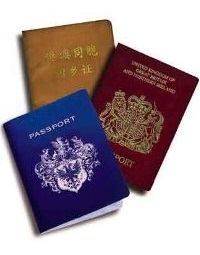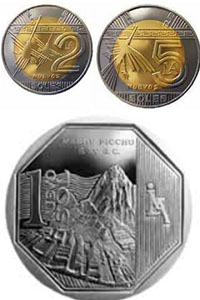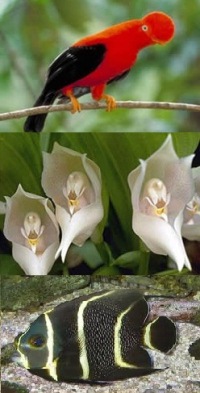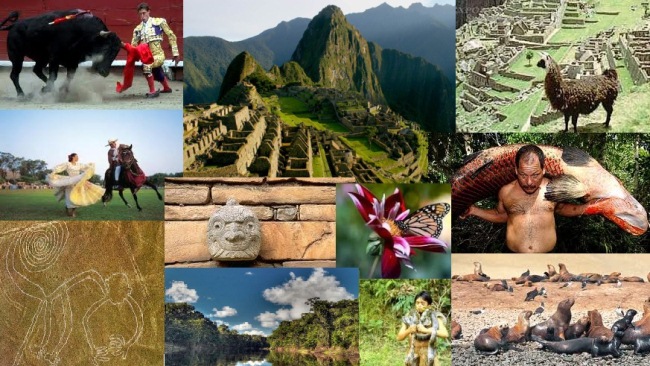
 info@vista-adventures.com
info@vista-adventures.com
We Offer

Recommendations for travelers
Better safe than sorry, you will find tips that will be very useful.
Important Considerations
-
1
If you are traveling with a companion keep half their clothes in the suitcase and the other half in your suitcase. So if a suitcase is lost, the two have clothes in the other case they have at hand.
-
2
Always carry a flashlight in case the electricity fails in the place where it is located.
-
3
If you carry too much luggage you are very likely have to make an additional payment on any airline in traveling.
-
4
In the accommodation, choose adjoining bedrooms for children for their safety.
-
5
Drink plenty of water when hiking tours where or practice adventure sports are made.
-
6
Take simple notes or coins to tip in hotels and / or restaurants.
While in Peru:
- Visas and Immigration
-

-
In certain departments of Peru, it is not necessary entry visa or passport for citizens of Argentina, Bolivia, Brazil, Chile, Ecuador and Colombia, among others.
-
For the entry of foreigners must present passport, Andean Migration Card (TAM) and consular visa. These requirements vary depending on how long visitors want to stay in the country.
-
www.migraciones.gob.pe see page for more information
-
- Money and Credit
-

-
Nuevo Sol (S / 1). It is used throughout the Peruvian territory and circulates in coins of 1, 2 and 5 Nuevos Soles and bills of 10, 20, 100 and 200 Nuevos Soles. In addition to small coins of 5, 10, 20, 50 cents.
-
In most commercial establishments, most accepted foreign currency is the US Dollar (US $).
-
The credit cards best known are: Visa, Master Card, and American Express.
-
The major banks are: Banco de la Nacion, Banco de Crédito, BBVA Continental, Interbank, Scotiabank and Banco Financiero.
-
- Flora and fauna
-

-
Peru has the greatest diversity of potatoes (3000), butterflies (3532), marine and freshwater fish (2000) and Orchid (3000).
-
It also has the second highest diversity of birds in the world (over 1800).
-
84 of the 117 life zones on Earth.
-
28 of the 32 types of climate in the world.
-
And the longest river in the world (the Amazon).
-
13% of the Amazon rainforest.
-
10% of all varieties of amphibians, mammals and reptiles 5%.
-
- Cultural heritage
-

-
3000 cultural festivals held each year.
-
760 churches and convents considered cultural property by the National Institute of Culture (INC).
-
More than 400 hot springs with therapeutic and tourism.
-
63 protected natural areas.
-
Three very different natural regions (Costa, Sierra, Selva).
-
8 locations are and Cultural Heritage 2 are Natural Heritage.
-
1 of the new seven wonders of the world: Machu Picchu.
-
More than 400 dishes, some of them distinguished and recognized worldwide.
-
6 distinct cooking classes, defined by region.
-
The Gastronomic Capital of America
-



